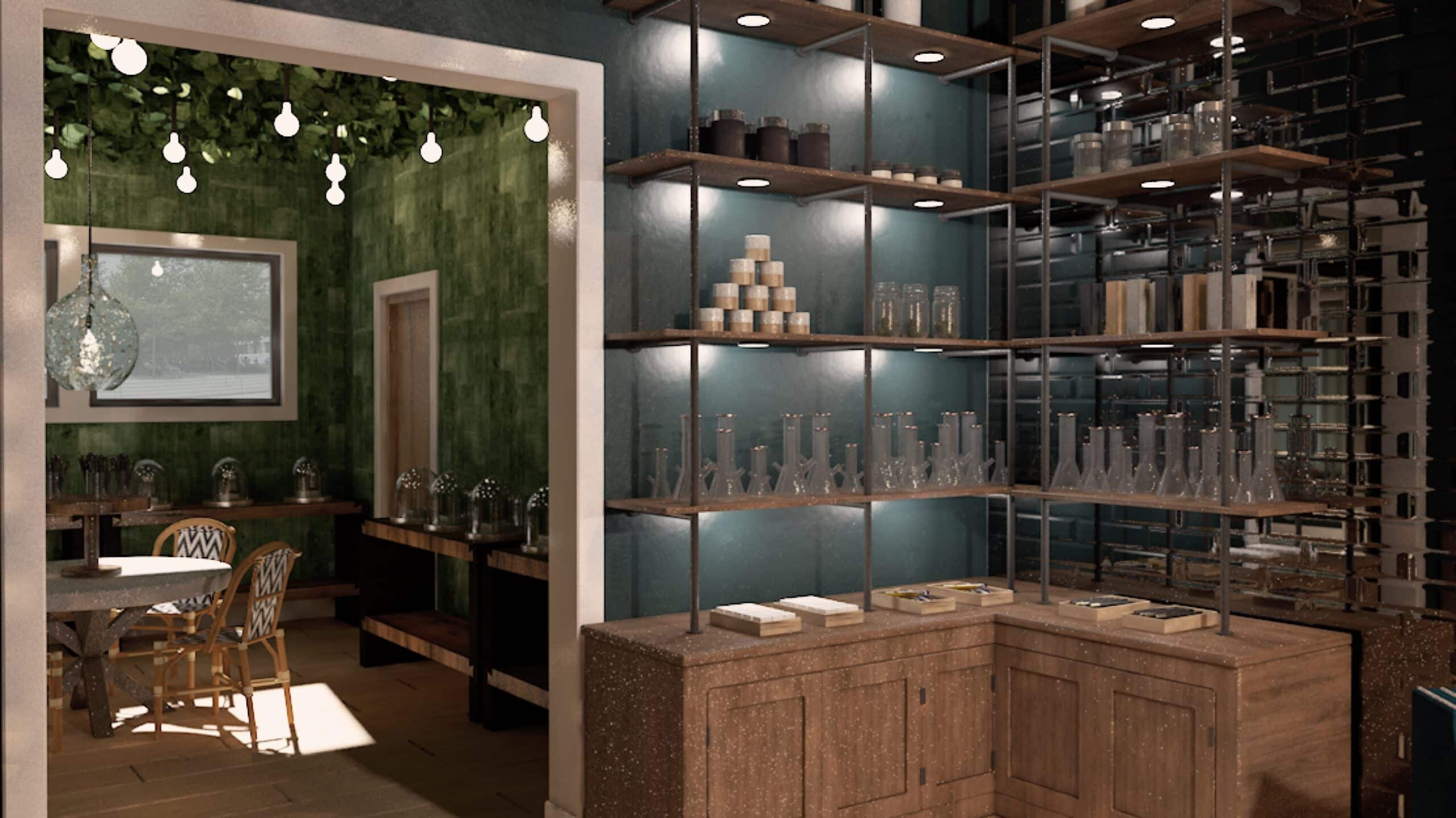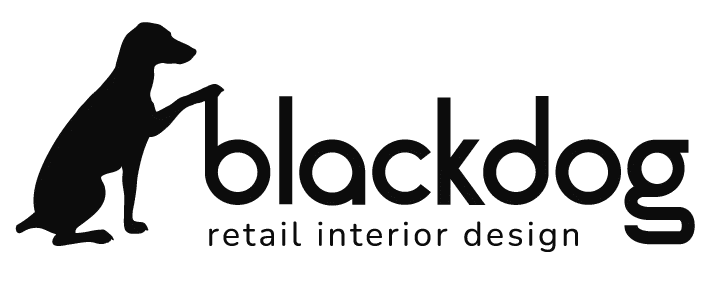

solving challenges like a designer
Designers aren’t the only creatives that sometimes hit a roadblock. It’s a struggle for most people in any remotely entrepreneurial career to continue to push forward, solve multi layered problems and maintain professionalism and brand standards.
I’ve posted plenty in the past about where I find inspiration for new retail interior design projects. Oftentimes it comes from my initial sesh with a potential client. As they describe to me their “dream store”, ideas shoot around in my head. It feels like fireworks. I start seeing the space come together and while talking through the essentials, usually a floor plan begins to emerge. Color schemes float around. Throughout the next phase process of creating scaled and drafted floor plans, ff&e specifications, and frequently the budget, some of those wild initial ideas hit the scrap pile.
That’s inevitable.
People talk a lot about ‘thinking outside the box’. It’s a lame catch phrase but it does capture the stress of not being able to come up with creative solutions easily. It feels like writers block. Or not breaking your stagnant PR in running. It’s frustrating, annoying and usually leads to playing it safe. Being comfortable with that uncomfortable feeling is not easy.
So how do designers stay inspired? How do you push through the tough days where nothing seems to play fair?
Throw away the box. If you’re comfortable, you’re doing it wrong.
If you think something you want to try might be too challenging or hard to execute, that’s exactly where you should start.
Preconceived negatives = “the box”.
Remove your ego.
Are these limiting factors important? How can we achieve the same or better outcomes in a different way? By questioning it, you can redefine the problem, discover new opportunities, and create more value for your project.
Could we redistribute the budget a bit to make room for the artist interactive display? Could we satisfy a compliance ordinance by adding view reducing film to the window? It is harder than you think (which is what makes it so great).
The removal of ego in your process is often overlooked but so damn crucial. I saw a great IG reel where a manager was talking about hiring and why it’s such a mess trying to find the right candidate. Hire slow and fire fast was his advice. Often as business owners we see having to let someone go as a failure. You made a big mistake. It doesn’t feel good and is painful for everyone. The problem grows when you keep someone on too long because your ego won’t allow you to admit you hired the wrong person.
In design, it’s easy to get stuck on an idea that you just can’t let go of. A color scheme, a specific material, a vibe. Maybe one of these things actually isn’t the best choice for the project and because you won’t give it up, you’re at a roadblock. Let go of the ego and you may find the right path to the solution without all the stress.
Young kids are awesome at this. If you’ve ever looked at their writing or art projects, you’ll see some amazing, creative, mind bending ideas. Their brains don’t factor in the restrictions or even public ridicule.

This dispensary “green room” was inspired by my then 8yr old. He liked the thought of an indoor greenhouse where you felt like you were outside but could sit and play a game. Loads of plants and chill lighting.
AI can be a crutch for designers. There, I said it. Artificial design is an easy way to create something safe, pretty and not put much effort into it. A fast way to appear creative. I recently needed some decent headshots for some articles and press I’m doing. I absolutely HATE having my picture taken and usually look like I’m in pain. We’ve got a tight budget and not a lot of time. So I phoned in 5 horrible selfies and had the AI gods shoot back with 150 headshots. In less than 2 hours. First, I was totally amazed at how hot AI thinks I am. Second, the headshots for the most part are great, useable. But I couldn’t help thinking something was missing. In each shot I could see something that I would have styled differently. I wanted to add my fave tshirt, my giant silver earrings. The boots I sprained my ankle in, but still love to death.
And that’s what AI can’t do. It can’t add those personal touches, the stories behind the pieces that make a design unique, exciting and truly WOW. The client’s excitement in talking about their dream store.
Great designers, architects and creatives have to be able to tap back into that childlike state where everything is possible and not lean on “safe”. Being comfortable with not knowing what you’re doing, or maybe more accurately not knowing how you’re going to implement your ideas, is why you are a designer. It’s then transforming the abstract concept into reality.
Leaning into a “figure it out” mentality is the first step. I frequently bounce crazy ideas off of my industry friends. Spending hours working out the little details, researching and editing is like uncovering a treasure. Designers love solving creative challenges with new materials, products and tech that have never been attempted before. How can you apply this to your operations? What can you gain by letting go of your roadblocks and exploring a bit?

